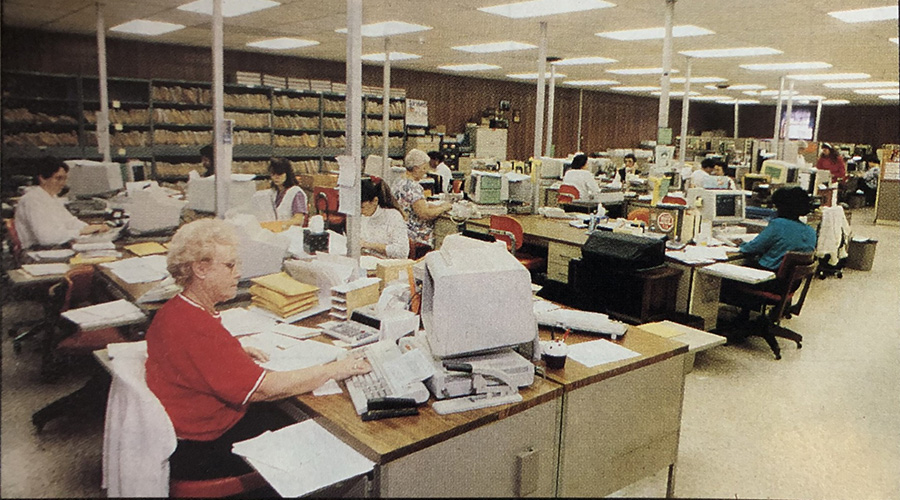Bonds Help K-12 Facilities Address Growing Enrollment
For three decades, new construction projects and additions to existing facilities in the Los Angeles Unified School District were nonexistent. Due to a lack of monetary support and a vision for revitalizing inefficient facilities, schools failed to meet the demands of an expanding student population and advanced educational goals.
But in the last 10 years, the district has been making up for lost time. Since 1997, the district has generated about $20 billion — primarily through bond measures — to fuel an unprecedented modernization and construction program designed to build new schools and revive existing buildings with comprehensive repair projects.
“I think one of the biggest things that started (the program) was the district had not been able to build any facilities for about 30 years,” says Guy Mehula, the district’s chief facilities executive. “Very few facilities had been built, and the district had grown.”
The student population had grown to the point where the district was forced to bus students to facilities outside of their neighborhoods and place portable classrooms on school playgrounds.
“That overcrowding got to the point where it really pushed the taxpayers to say, ‘We’ve got to put some capital into this and fix this problem,’” Mehula says.
Beginning with Proposition BB in 1997, voters have approved five bond measures totaling about $20 billion, including a $7 billion school-repair bond passed in November 2008. That funding has allowed the district to open 76 new schools, build 59 additions and complete 18,000 modernization projects, Mehula says.
These new facilities and existing building upgrades have created about 80,000 new classroom seats to better serve an enrollment of about 700,000 students.
“It’s huge,” says Neil Gamble, the district’s director of maintenance and operations, regarding the importance of community support to improve facilities. “It’s not only in passing the bonds. But you also have to have the input from the parents and the priorities they want to see.”
Related Topics:















